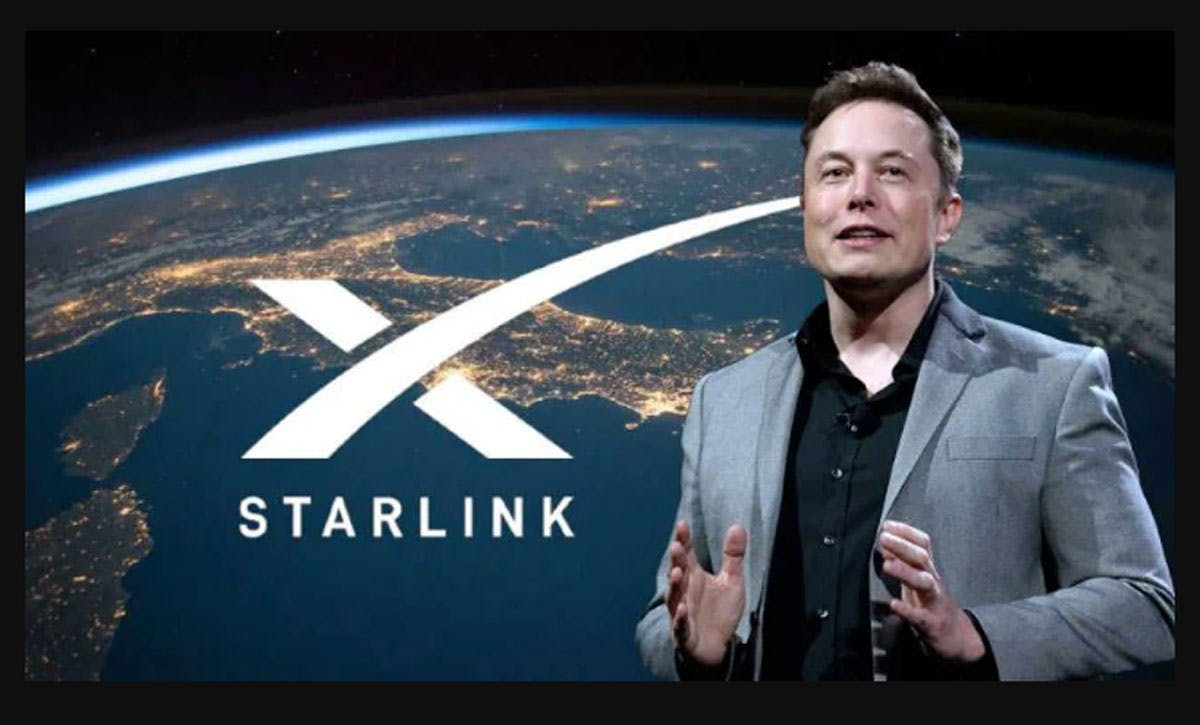A PTZ camera, short for Pan-Tilt-Zoom camera, is a type of CCTV camera that offers advanced functionality compared to fixed-position cameras. As the name suggests, PTZ cameras can pan (rotate horizontally), tilt (rotate vertically), and zoom in on specific areas or objects. These cameras are commonly used in surveillance and security systems where flexible and dynamic coverage is required.
Key features of PTZ cameras include:
Pan: PTZ cameras can swivel horizontally, covering a wide area. This ability allows the camera to track subjects as they move within its field of view.
Tilt: The camera can tilt vertically, enabling it to look up and down to capture images or activities at different heights.
Zoom: PTZ cameras come with optical zoom capabilities, allowing them to magnify distant objects without loss of image quality. Some PTZ cameras also have digital zoom, but this can lead to a decrease in image resolution.
Presets: PTZ cameras can be programmed to memorize and move to specific preset positions. This feature is useful for covering critical areas with a single click or for setting up a patrol path to monitor various locations automatically.
Remote Control: PTZ cameras can be remotely controlled through dedicated joystick controllers or software interfaces. This enables operators to adjust the camera’s position, zoom, and focus remotely, often from a central monitoring station.
Auto-Tracking: Some advanced PTZ cameras have auto-tracking capabilities. These cameras can automatically follow moving objects or individuals within their range, making them ideal for active surveillance scenarios.
PTZ cameras are commonly used in applications such as large-scale surveillance in public spaces, industrial sites, and critical infrastructure, where real-time monitoring and active tracking are essential. They provide the flexibility to cover extensive areas with fewer cameras, reducing overall installation and maintenance costs.
Keep in mind that PTZ cameras require more sophisticated installation and configuration compared to fixed cameras. The camera’s movements and preset positions need to be carefully planned to ensure effective coverage and avoid blind spots. Additionally, PTZ cameras may require regular maintenance to ensure smooth operation, especially in harsh environmental conditions.










